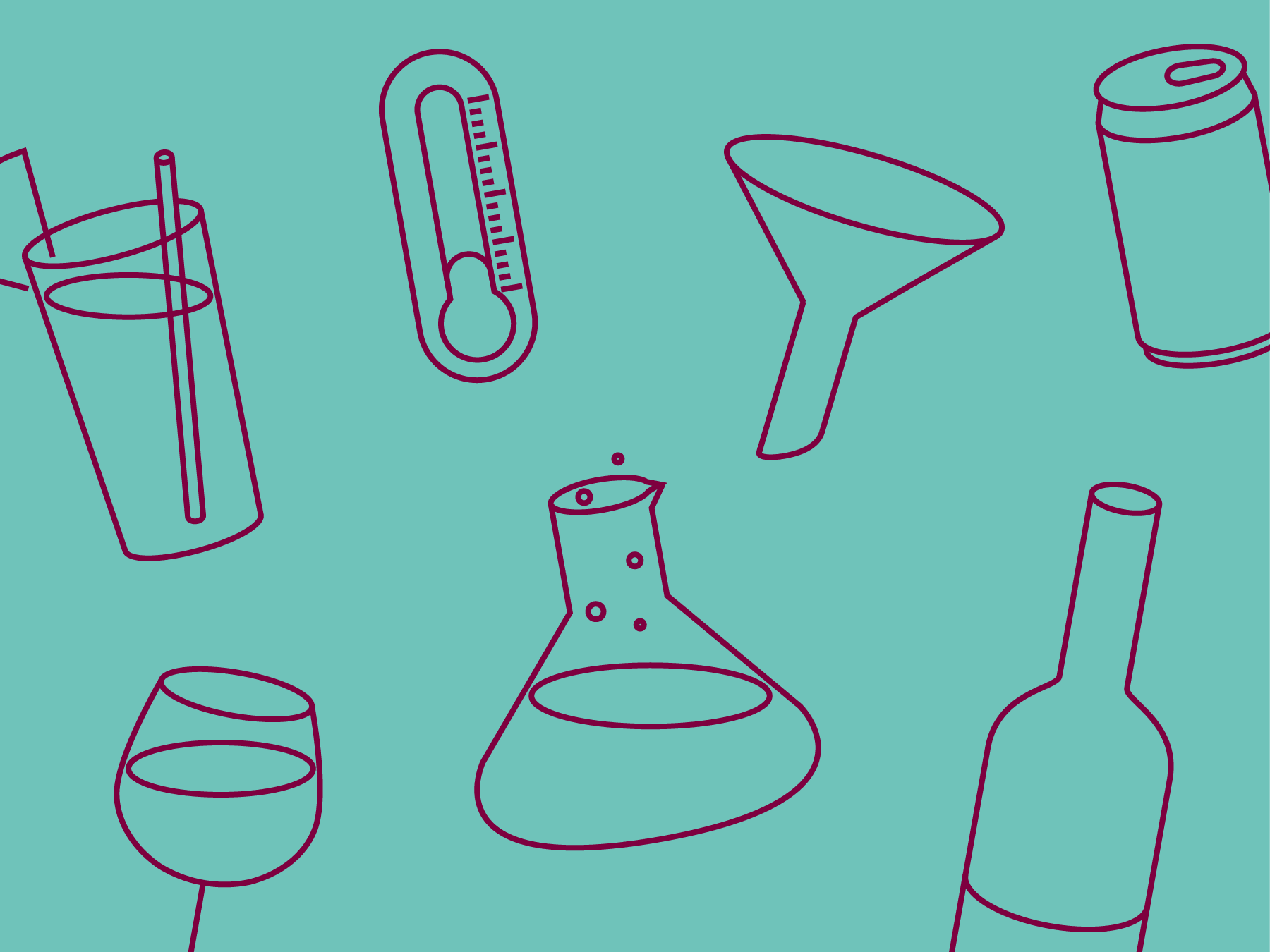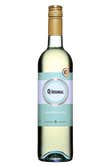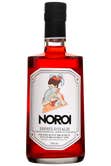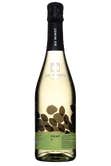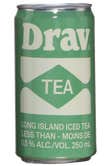From wine and gin to liquor, rum and cider, there’s been a boom in the production of low-alcohol products lately. But how are they made? Dealcoholization has come a long way in the last few years and there are many great low-alcohol products available now.
Methods
Making wine is fairly straightforward: yeast feeds on sugar from grape juice, turning it into alcohol and carbon dioxide. When making low-alcohol wine, there’s just one extra step—dealcoholization. In other words, the only thing that deviates from the traditional wine-making process is the extraction of the alcohol.
There are three ways to remove the alcohol from the basic substance—evaporation, separation and filtration. These techniques can also be applied to beer and cider.
Spirits go through the same distillation process as their alcoholic counterparts. Let’s take gin, for example. Rather than distilling a neutral spirit with aromatics that will give it its unique character, we’ll do the same thing with an aqueous solution instead.
When it comes to wine, the challenge with all three methods is preserving the aroma and texture, because the dealcoholization process also eliminates glycerol, which contributes to the body, texture and volume of the final product. Luckily, we’re better able to preserve those wonderful qualities in wine thanks to the latest technology.
Whether we’re using heat to allow some of the alcohol to evaporate (at ambient pressure, alcohol evaporates at 78.4 °C and water at 100 °C), separating the alcohol under extreme cold temperatures, or removing it through filtration and osmosis, we’re left with the same thing—a product with a low concentration of alcohol. The main difficulty for all low-alcohol wine and spirit producers is making something with high-quality aromas and an excellent mouthfeel.
The producer will select a method according to the budget and equipment available to them. Indeed, some methods cost more than others. Other factors will also affect the final result, like if they use grapes that are underripe or naturally low in sugar, or if they restrict the fermentation process.
One thing’s for sure—the products below can definitely stand up to their alcoholic equivalents.
Suggestions
Here are a few different kinds of products that you must give a try!
How about a fun little cocktail party with white wine, fried calamari or salt cod fritters?
That’s where our mind goes when we think of José Maria da Fonseca O%riginal Moscatel 2021. This vibrant Portuguese wine will pair beautifully with these savoury bites. It’ll take your taste buds on a journey to the Iberian Peninsula!
Fans of spritzers will be happy to learn that Distillerie Noroi has an Aperol-style Gentian-based aperitif called Noroi Esprit-D’Italie they can use in their favourite cocktail.
Their version is a refined, low-alcohol spirit that perfectly balances bitterness with the brightness of oranges. The acidity elevates the whole thing—it’s nothing short of refreshing!
There’s also an enticing selection of low-alcohol ciders available.
Consider the Cidrerie du Minot Point 5 for your next brunch. It also comes in cans, so it’s sure to become your drink of choice at upcoming get-togethers.
Looking for a refreshing cooler that’s easy to carry around?
Say hello to the low-alcohol Drav Long Island Iced Tea. Lemon juice, green alder pepper, orange zest, and chocolate bitters are just a few of the ingredients in this delicious canned cocktail. It tastes like a throwback to the ’90s, back when cocktails were all the rage!
Discover all our products at 0.5% alcohol or less
-
Inspiration
(745)
- Profiles (184)
- Interviews (77)
- Share (295)
- Trends (60)
- Tasting and service (47)
- Production methods (21)
- Conservation (5)
- Wine cultivation (27)
- Pairings and Taste Tags (26)
-
The SAQ is here
(87)
- SAQ Inspire Event (34)
- Donations and sponsorships (52)
- SAQ Inspire Contests (0)
-
About us
(47)
- Press releases (40)
- Career (4)
- Clarifications (3)
- Sustainable development (21)




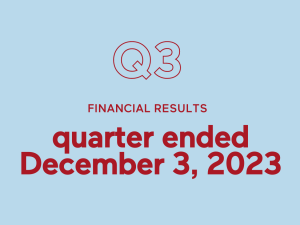
 Free in-store delivery with purchases of $75+ in an estimated 3 to 5 business days.
Free in-store delivery with purchases of $75+ in an estimated 3 to 5 business days.
